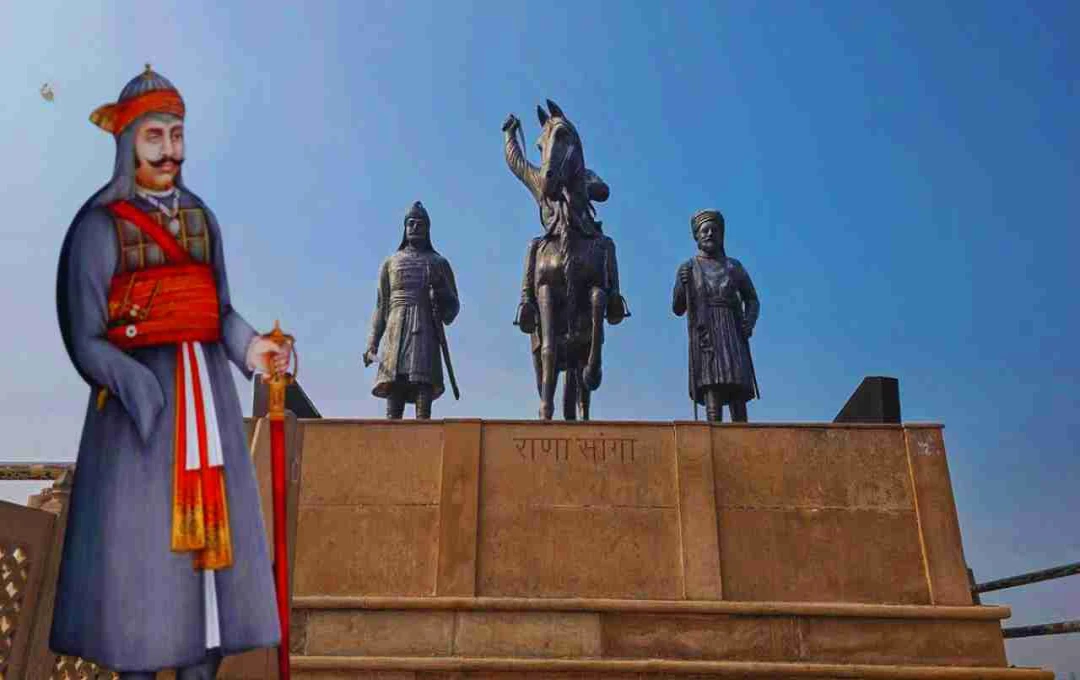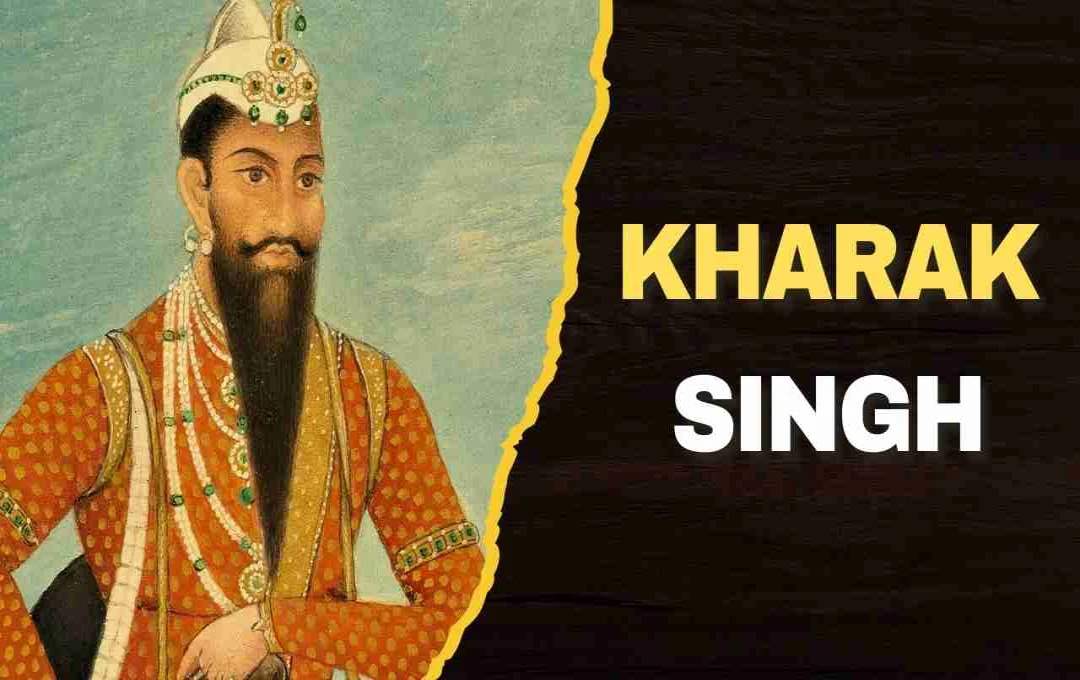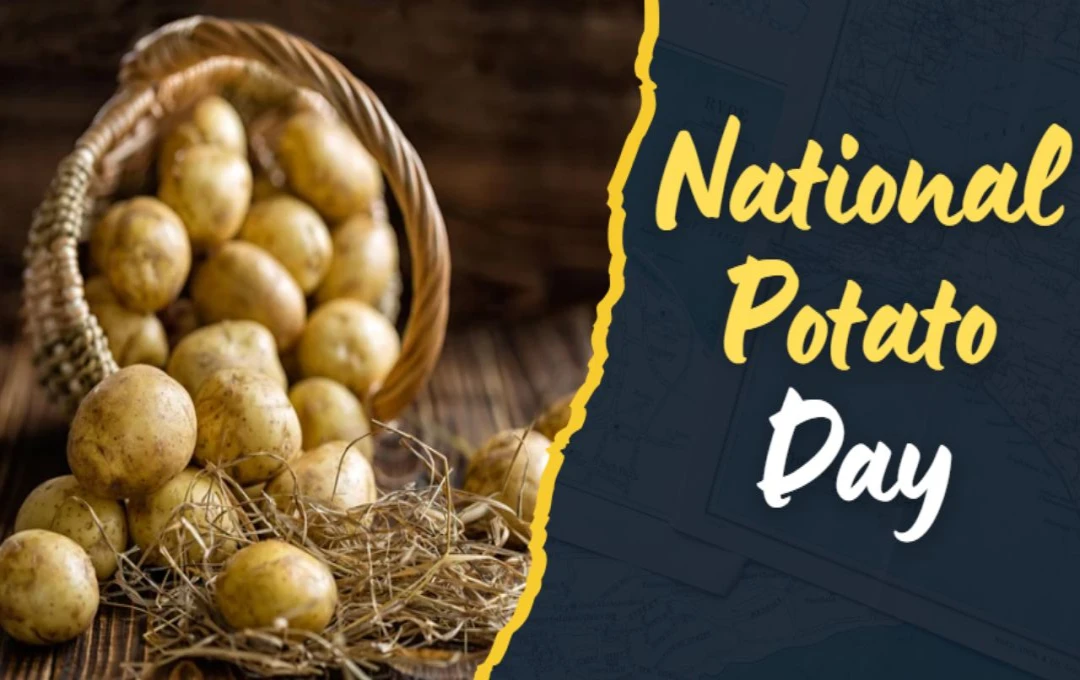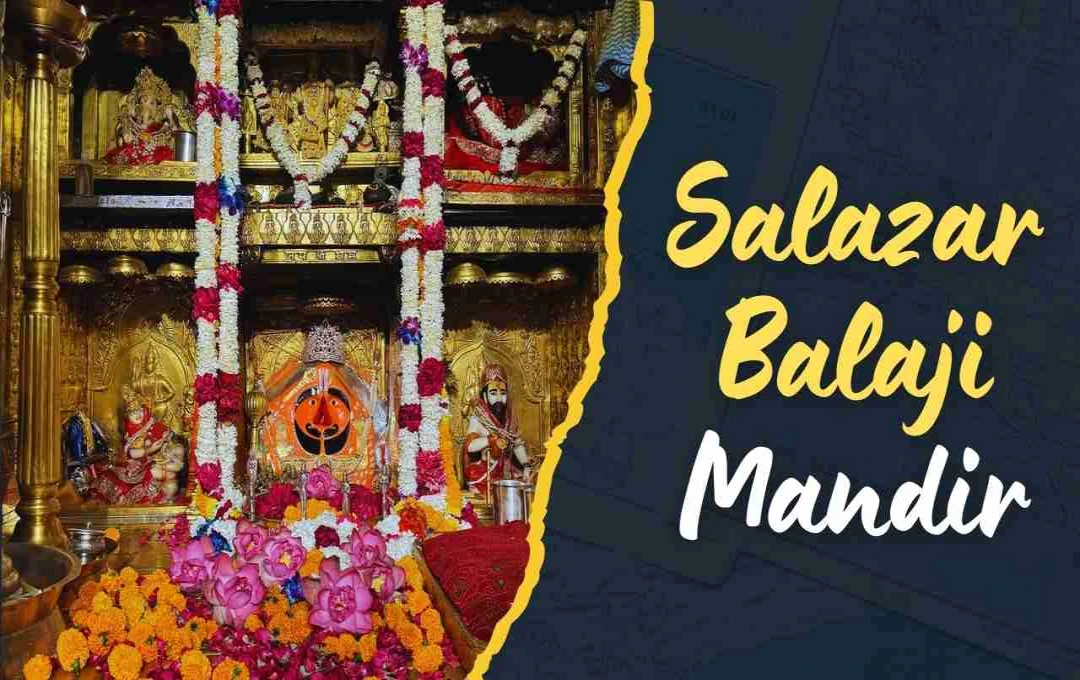Rana Sanga (Maharana Sangram Singh) is considered one of Mewar's most famous and greatest rulers. He was the most significant ruler of Mewar after Maharana Kumbha. Rana Sanga expanded the Mewar empire through his valor and strategic capabilities, uniting all the Rajputs of Rajasthan.
Early Life
Rana Sanga was born to Rana Raymal, a prominent ruler of Mewar. Rana Raymal had four sons, with Rana Sanga being the most prominent. His other brothers, Prithviraj and Jaimal, were embroiled in a fierce struggle for the Mewar throne. To avoid this conflict, Rana Sanga chose to go to Ajmer. There, he strengthened his position, receiving assistance from an influential leader, Karmachand Singh Panwar. This support enabled Rana Sanga to seize the Mewar throne in 1509 and assume leadership of the empire.
Through his leadership and strategic acumen, Rana Sanga not only enriched Mewar but also achieved victory in many significant battles. His empire comprised a confederation of Rajputs, and he brought numerous kings and chieftains together to strengthen this alliance. During Rana Sanga's reign, Mewar became a powerful empire. He defended his kingdom with strength and courage, maintaining its prestige even in the most difficult circumstances.
His greatest achievement was his conflict with the Mughal emperor Babur. Babur had laid the foundation of the Mughal Empire in India, and Rana Sanga engaged in numerous battles against him. In 1527, at the Battle of Khanwa, Rana Sanga suffered a major defeat at the hands of Babur, but even in this struggle, he demonstrated his valor and courage. This battle was a turning point in his life, cementing his reputation as a great warrior.
Military Career: A New Vision
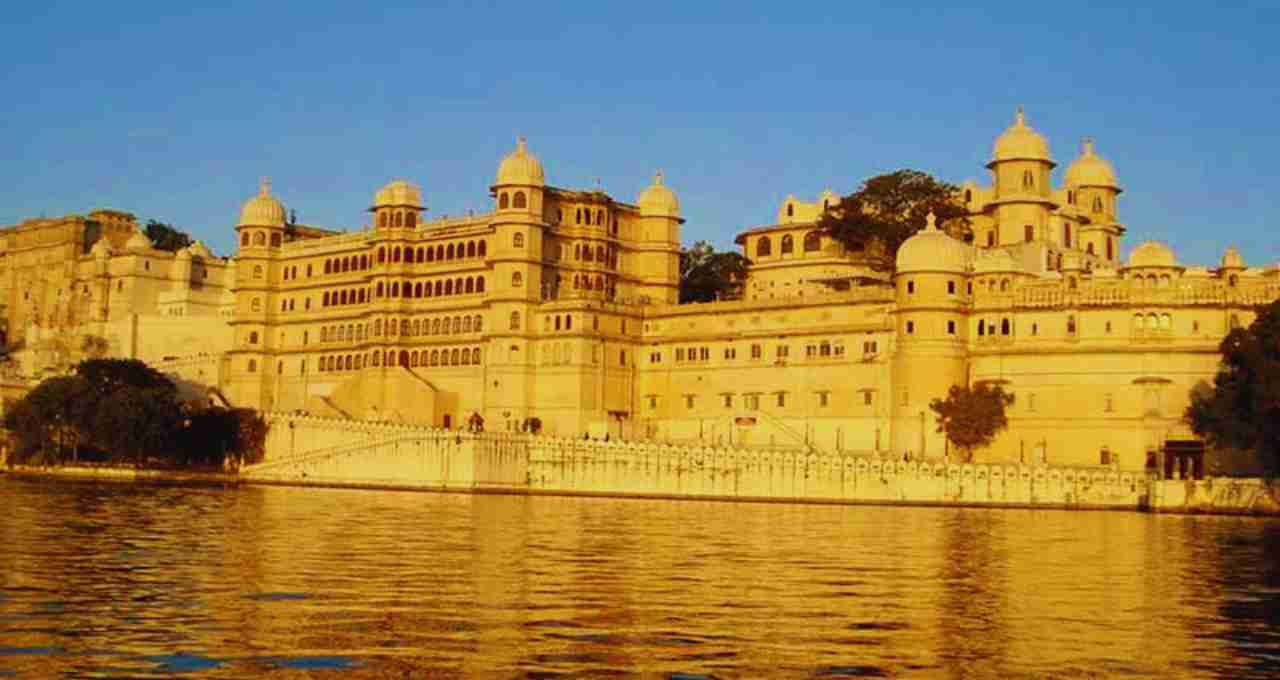
Rana Sanga's military skill and leadership were highly impressive. When the Mughal emperor Babur began his invasions of India, Rana Sanga opposed him. Babur himself described Rana Sanga as the most powerful ruler in the Indian subcontinent in his writings. Rana Sanga's army comprised 80,000 cavalry, 104 minor chieftains, and 500 war elephants. He also had seven major kings who fought alongside him. With this vast army, Rana Sanga confronted Babur in numerous battles.
Rana Sanga also captured the fort of Bayana from Babur. This fort was strategically important to Babur, but Rana Sanga wrested it from him. This was a significant victory showcasing his military prowess and strategic abilities. Babur faced stiff resistance in this battle, realizing that Rana Sanga was a capable and powerful ruler. Under Rana Sanga's leadership, the Rajputs fought many successful battles against Babur, defending their kingdom.
Although Rana Sanga faced defeat at the Battle of Khanwa against Babur, this loss did not diminish his valor and dedication. Despite his defeat, Rana Sanga never gave up and always fought for the security and honor of his empire. His military leadership and strategies are still remembered in Indian history.
Expansion of Mewar
Rana Sanga united the Rajputs of Mewar, creating a powerful confederation. He won many battles with his army, establishing the Rajputs as a formidable force. Under Rana Sanga's leadership, the Mewar empire expanded significantly, stretching from Punjab in the north to Malwa and the Narmada River in the south. This expansion was a result of his military skill and strategy.
Rana Sanga defeated the Delhi Sultan Ibrahim Lodi twice, further showcasing the strength of his empire. These victories infused his kingdom with renewed power, establishing him as its protector. The Rajput confederation he established re-asserted Hindu dominance and challenged the Muslim Sultanates.
Rana Sanga's political and military successes made Mewar a major power. He not only strengthened his own kingdom but also made other rulers aware of his strength. His leadership holds a significant place in Indian history, and his name is still spoken with respect.
The Battle of Khanwa
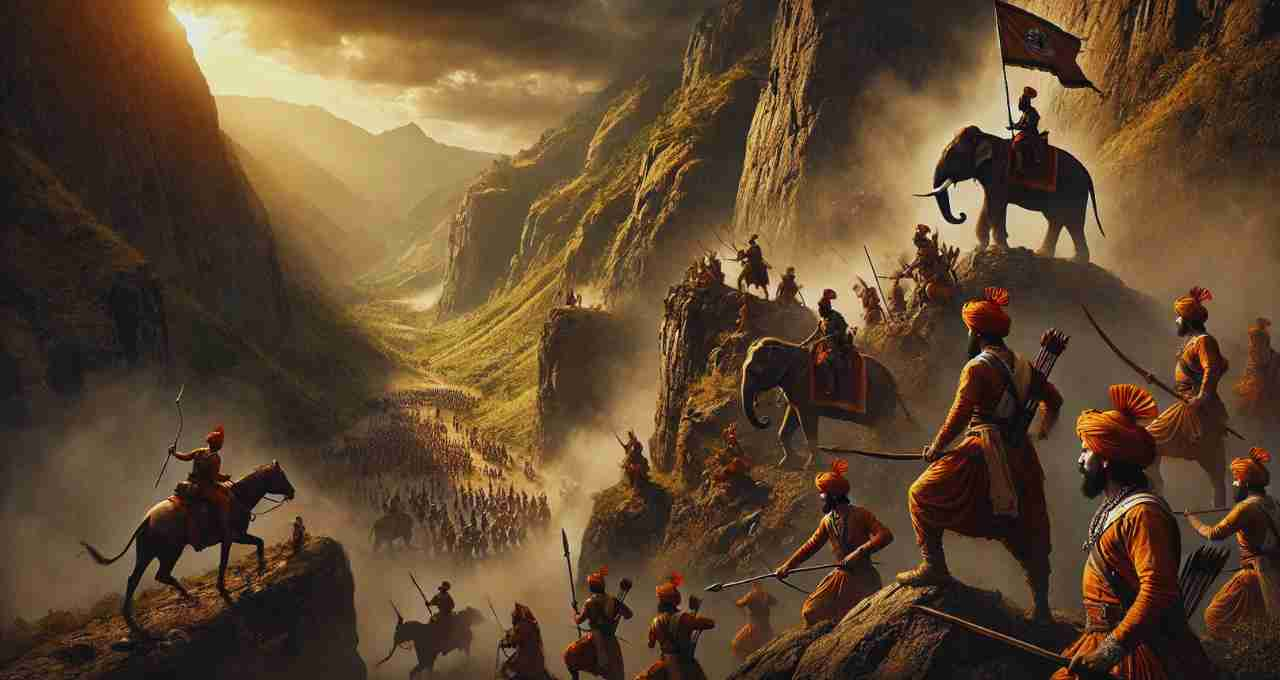
The Battle of Khanwa in 1527 was a crucial conflict in Indian history. In this battle, Rana Sanga confronted the Mughal emperor Babur. Rana Sanga's army was massive, aiming to halt the Mughal expansion. However, during the battle, Rana Sanga sustained severe injuries, receiving around 80 wounds.
Despite this, Rana Sanga did not abandon his valor and courage, remaining in the battle. However, due to the difficulties of the battle, he was ultimately forced to withdraw. This battle was a great sorrow for Rana Sanga, as he was defeated despite his best efforts. However, his struggle immortalized him as a great warrior in history.
After the battle, his friend, Rana Ajja Jhala, took his place and also confronted the Mughal army. This battle showcased the valor and courage of the Rajputs in Indian history. Rana Sanga's name is still remembered with respect and pride, and his valor is remembered by all.
Conquests of Malwa and Gujarat
Rana Sanga, a great Rajput ruler, participated in many battles in medieval India and became famous for his valor. In 1519, Rana Sanga defeated the Muslim armies of Gujarat and Malwa at the Battle of Gagron. His army defeated the enemy, allowing Rana Sanga to seize most of Malwa. This was a great example of his military capabilities and leadership, as he defeated larger and more powerful enemies.
In 1520, Rana Sanga confronted Sultan Muzaffar Shah of Gujarat. This conflict was over the succession to Idar, where Rana Sanga fought to protect his rights. In this conflict as well, Rana Sanga's strategy and military skill led him to victory. Thus, Rana Sanga not only expanded his territory but also made other Muslim rulers aware of his strength.
These military successes established Rana Sanga as a major power, expanding his empire and earning him a respected place in Indian history. Under his leadership, the Rajputs participated in many significant battles and proved their valor. These victories reflect Rana Sanga's courage, leadership, and strategic ability, forever etched in Indian history.
Conflicts with the Mughals
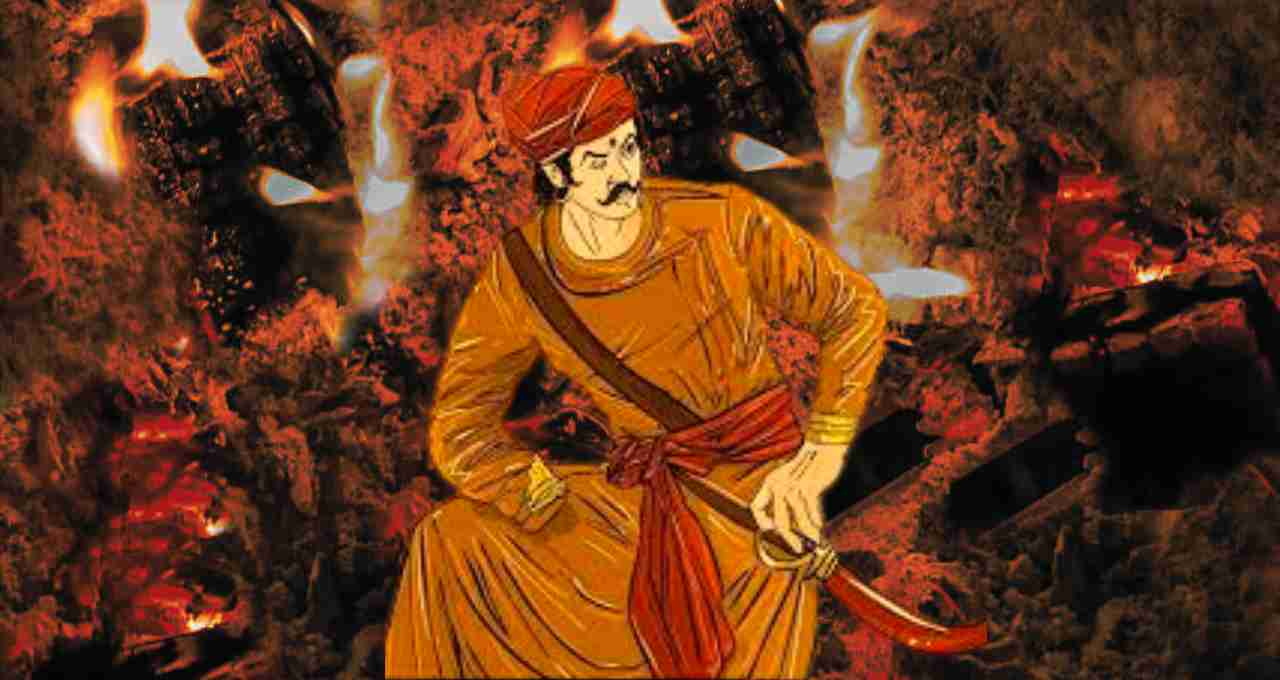
Rana Sanga's conflict with the Mughals is a significant chapter in Indian history. When Babur defeated Ibrahim Lodi in the First Battle of Panipat in 1526 and established Mughal power in India, Rana Sanga planned a war against Babur. Rana Sanga raised a vast army, including approximately 100,000 Rajput soldiers, aiming to expel the Mughals from India. During this time, Rana Sanga demonstrated his military strategies and leadership.
In 1527, the famous Battle of Khanwa took place between Rana Sanga and Babur. This battle, fought at Khanwa in Rajasthan, saw Rana Sanga put forth his full strength against Babur. Although Rana Sanga's army fought bravely, Rana Sanga suffered serious injuries during the battle, and his army was defeated by the Mughals. Babur's army used modern warfare strategies and cannons, weakening Rana Sanga's traditional army.
Despite Rana Sanga's defeat, his valor and leadership remain immortalized in Indian history. He was not only a great ruler but also a courageous warrior who gave his all to protect Indian land from the Mughals. Even after the defeat at Khanwa, the tales of Rana Sanga's struggle and valor remained a source of inspiration among the Rajputs.
Rana Sanga's Valor
Rana Sanga's valor is a significant chapter in Indian history. His name is still remembered as a symbol of bravery and struggle. Many historians have praised Rana Sanga's courage and leadership. Babur, in his autobiography, portrayed Rana Sanga as a powerful warrior, stating that Rana Sanga had become exceedingly powerful through his sword and valor. Tales of Rana Sanga's bravery are still prevalent among the people.
Rana Sanga's life was full of struggle and courage. He believed in protecting his land and honor in every situation. He never retreated and fought with all his might to protect his kingdom and family in every battle. The wounds on his body were a symbol of his bravery. He was a great warrior as well as a great ruler who sacrificed everything to protect his land from the Mughals.
Rana Sanga's valor was not limited to the battlefield; his leadership was also remarkable. The way he trained and united his army reflects his strategic thinking. His inspiration and courage empowered the Rajputs to fight against the Mughals. Although he lost battles, his valor and leadership will always remain alive in Indian history.
How many wives did Rana Sanga have?
Rana Sanga had many wives, with four being prominently known. According to historians, Rana Sanga's marriages aimed to strengthen his kingdom and forge political alliances with various principalities. He was a powerful ruler of his time, and his wives were from the families of various kings and principalities, providing him with political advantages.
Rana Sanga's chief wife was Rani Karnavati, a symbol of valor and respect. His relationship with Karnavati was very b. Additionally, Rana Sanga's other wives were also significant in their respective families, with whom he had political and strategic connections. These marriages provided Rana Sanga with support and power in various areas.
Although the primary aim of Rana Sanga's marriages was to increase power and political strength, he was also a responsible family man. His wives were partners in his struggles. Rana Sanga's wives were not only part of his kingdom's political strength, but also important companions in his life.
Rana Sanga's Death
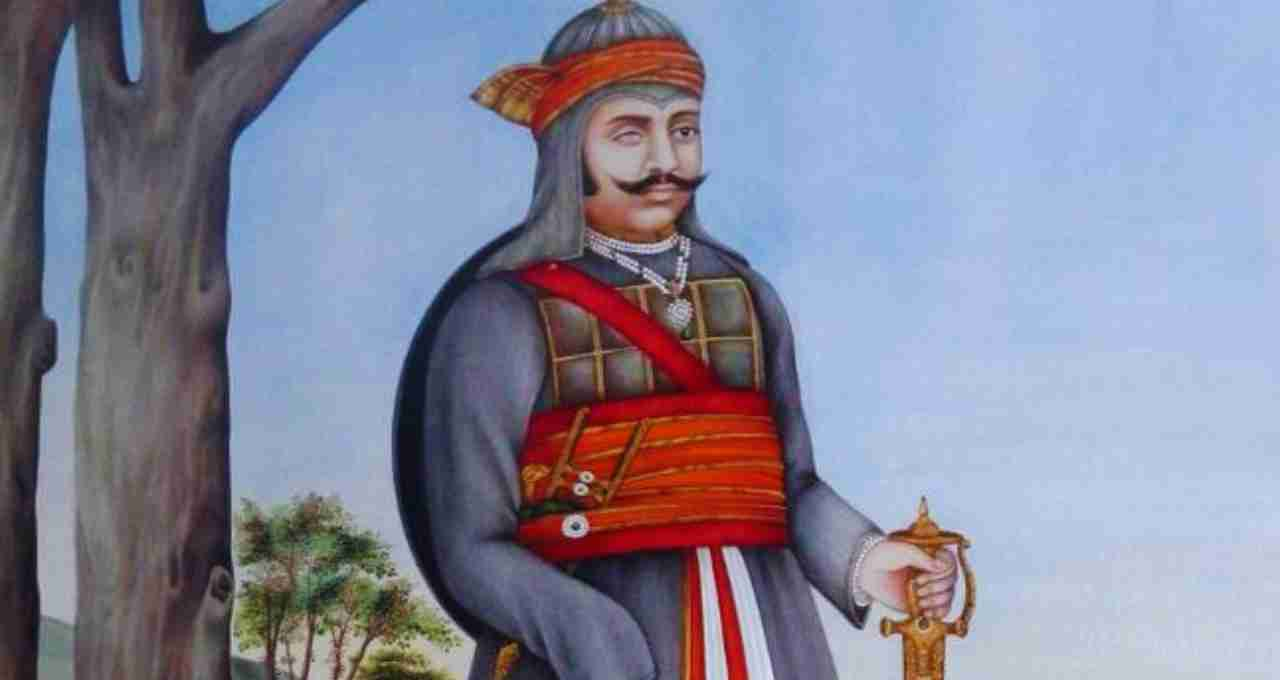
Rana Sanga died in 1528. He was a great ruler and valiant warrior of Mewar. His name will always be remembered in Indian history. Rana Sanga spent his entire life in wars and fought many great battles to protect his kingdom. He fought bravely against the Mughals but ultimately attained martyrdom in his final battle.
After Rana Sanga's death, the task of protecting his kingdom was continued by other members of his family and his supporters. Despite his death, Rana Sanga's influence and the leadership he left behind remained significant in Mewar's politics and culture. His valor and courage are always remembered, and his stories are still told today.
After Rana Sanga's death, the Mughals continued to eye his kingdom, but the inspiration of his courage and leadership gave the Rajputs the courage to continue their struggle against the Mughals. Rana Sanga's contribution will remain immortal in Indian history, and his valor will always be honored.
Rana Sanga not only made Mewar a powerful and prosperous empire but also fought against and defeated the greatest rulers of his time. His life is a symbol of struggle, courage, and valor. Rana Sanga's valor, empire expansion, and contributions to Indian history give him an indelible place in history. During his reign, Mewar not only emerged as a superpower, but he also enhanced the glory of the Rajputs.
